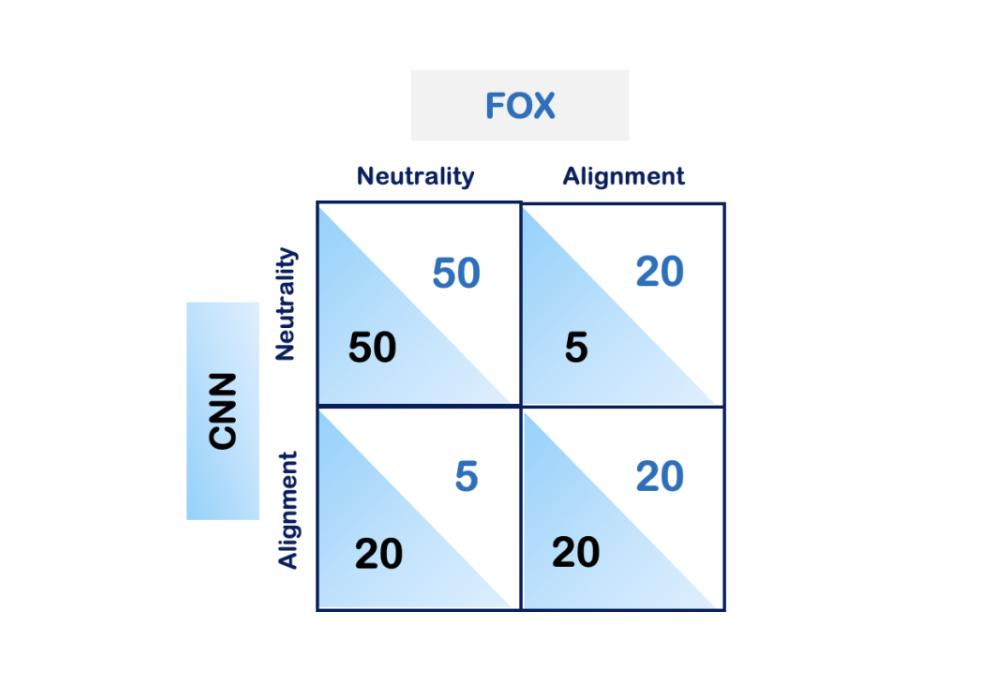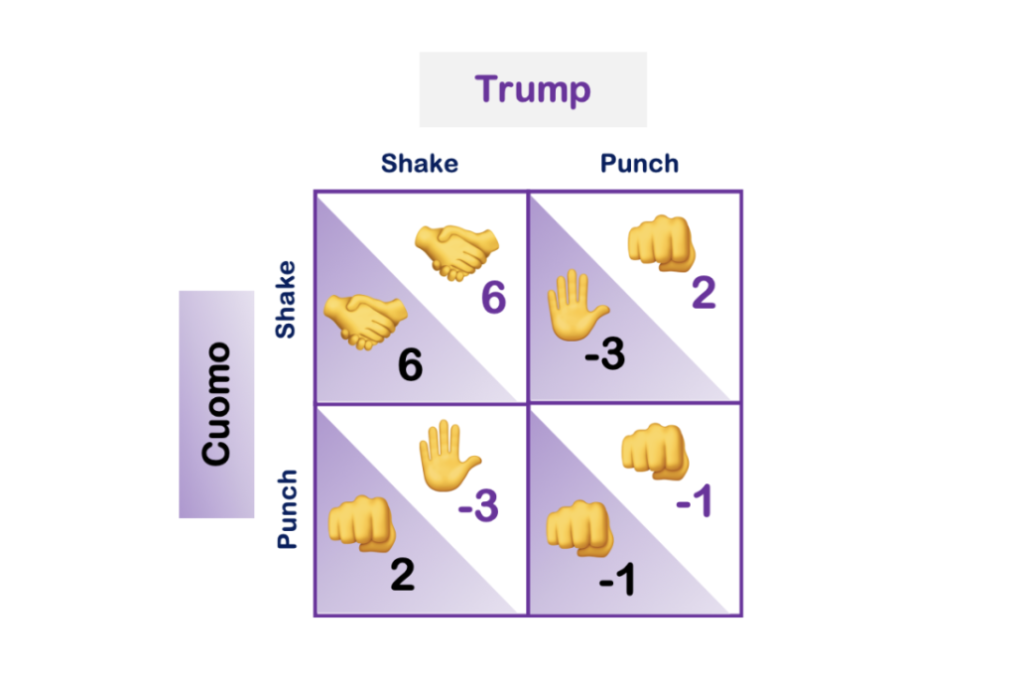Introduction
We are now approaching the tail-end of the covid-19 pandemic (at least I hope we are), and looking back on the experiences of the last 2 years I can safely summarize this era in my life as – confusing. The environment during the pandemic marked some of the most chaotic moments in recent history; lockdowns, protests, riots, and conspiracy theories. The covid-19 pandemic transitioned from a topic concerned with our health and well-being into a political standpoint. The political landscape engineered by the pandemic was cutthroat; politicians on both sides of spectrum blamed each other, and some even blamed members of the same “side”. All this conflict seemed fairly irrational considering the best course of action for everyone is to band together and defeat the virus on a united front, but instead political entities continued to be at odds with each other. For this blog post, I would like to discuss an article I found that analyzes some actions taken by political entities using game theory to reveal the rational motives behind seemingly irrational responses during the covid-19 pandemic.
Political Games
The focus of the article is on American politics. However, I think the takeaway is that game theory can be applied to political strategies in any setting. The author analyzes some decisions made by news medias and politicians by setting up simple games with payoff matrices. In the following sections, I will take a look at some of the games I find interesting, as they involve or expand on concepts discussed in our course.
Assurance Games
In recent years, we have seen a big shift in the way news and the media disseminates information, this has become more so apparent in the wake of the pandemic. Everyone has biases but the news is expected to provide unbiased information, however, we are all aware that certain American news outlets cater towards audiences with specific political biases. For example, CNN and Fox News which are arguably left and right leaning media outlets respectively. Both are reactionary news outlets with clear political biases, have alienated certain audience members, deemed to be less credible, and are constantly attacking each other’s reputation. Rationally, it would seem that a lot can be gained if both outlets lose their political biases and cooperate to regain what they have lost. However, we see from a simple game that the decision to transition into politically unbiased media outlets is difficult to justify:

The payoffs for this matrix are reasoned like so:
- 50 points: news outlet regain audiences, stop fighting, and regain credibility
- 20 points: news outlet remains aligned and keeps its current audience
- 20/5 points: one news outlet comes off as being assertive, the other appears weak respectively
The given payoff matrix has two pure-strategy Nash Equilibrium: (Neutral/Neutral) and (Aligned/Aligned). As we can see it is an unbalanced payoff matrix, clearly both parties have the most to gain from neutrality, but the case stands that they start this game playing the alignment strategy. It is then clear that neither can deviate from their current strategy as they would be worse off.
This game highlights what is known as assurance games. Although it would be in the best interests of both players to switch their strategy, because players can only influence their strategies and not outcomes. Because of this, there is no guarantee (assurance) that the other player will switch, and so the game never changes….
Repetition Games
As we saw with the assurance games in the previous section, there are two Nash Equilibriums, with one being a more optimal equilibrium. If the players start off playing strategies that yield the suboptimal equilibrium as we saw with CNN and Fox News, then it becomes difficult for the players to move to the optimal equilibrium. Moving towards an optimal equilibrium is called Pareto improvement, and one factor that can help to influence players to move towards a Pareto Optimal Equilibrium is repetition. I find this interesting, as often we consider games a one and done deal, but oftentimes the same games repeat themselves continuously.
The author of the article portrays this through the interactions that Donald Trump had with Governor Cuomo. Both men are on different parties, and initially traded blows by criticizing each other’s response to the pandemic. After a few rounds of insults towards the each other’s characters, Cuomo seemingly pulled a 180 and commended the president as being completely focused on the pandemic response. The president followed suite, and the two were able to resolve their differences, almost instantly. This seems like an odd turn of events, how could two parties at odds with each other resolve their differences so quickly. Through repetition games, we see that game theory has an explanation:

We see in the above payoff matrix that there are two pure strategy Nash Equilibriums: (Shake/Shake) and (Punch/Punch). The two men start their games playing the (Punch/Punch) strategy, normally we would conclude that neither has incentive to switch their positions as there is no guarantee that the other would be reciprocate these actions. The difference in this game is that there is punishment incentive to switch their strategies called tit for tat. This punishment is not seen in the assurance game between CNN and Fox News as they both still get rewarded for continuing their strategies. With tit for tat punishment, players will try and mirror each other’s actions in order to punish the other. After repeated games, the damage caused by proceeding with their current strategies, and the necessity for both men to resolve their differences during a health crisis, gives an incentive for them to change their strategies.
Conclusion
Day to day we may see the things that we read in the news as irrational decisions made by political entities. They may make us confused or angry; wish that our leaders would make decisions with their heads. However, the article that I discussed shows that oftentimes these seemingly irrational decisions have mathematically rational motives that perpetuate them. The politics behind the coronavirus can be extended to general politics, arguably it’s all just one large game that involves everyone. The ones with the power to make decisions walk a fine line that could have devastating effects. Wars, economies, and the response to large pandemics are all resting on the rational decisions of these big players. Let’s hope that they make the right plays…
References:
Vilbert, J. Game Theory and the Politics of Coronavirus. Areo (2020). https://areomagazine.com/2020/05/19/game-theory-and-the-politics-of-coronavirus/